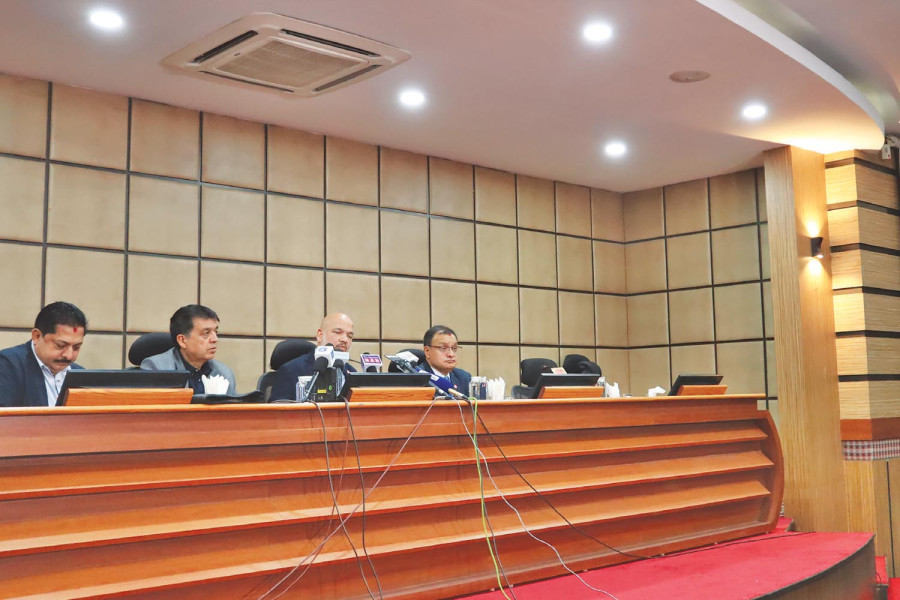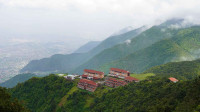Money
Economy facing strong headwinds, warns key private sector body
With the Nepali market contracting, the government’s revenue collections during the first quarter of the current fiscal year declined by 19 percent.
Post Report
The private sector, on Tuesday, warned that the ongoing “economic crisis” could deepen if the government failed to manage it properly.
They alleged that even the first quarterly review of monetary policy had failed to cheer the economy as many of the concerns raised by the business community remained unaddressed.
The hotel industry, issuing a separate press statement, alleged that the government was being indifferent towards the investors.
“The existing economic distress has occurred mainly due to external factors—the rise in the price of fuels and raw materials. The government's strict regulation has increased the distress,” said Shekhar Golchha, president of the Federation of Nepalese Chambers of Commerce and Industry.
Golchha was speaking at a press meet, post the quarterly monetary policy review. The theme was ‘Let's save the economy.”
In order to stop the damages caused by external factors, the government raised the interest rates and controlled the imports.
“But despite import restrictions, the restricted goods are easily available in the market. The illegal market has thrived, except for the automobiles,” Golchha said. “The economy is in a deep crisis.”
The country’s foreign exchange reserves have declined 17 percent within a year.
The government infused loan investments totalling Rs 60 billion over the past eight months into the market, but businesses say that’s too small an amount to address the broader liquidity crisis.
“Although the interest rates on the loans and deposits were hiked, it failed to attract deposits,” said Golchha.
The interest rate on normal savings has doubled in a year, while the interest rate on fixed deposits increased by around 50 percent. But the deposit mobilisation remains subdued.
According to a survey by the federation, industries producing construction materials like cement and iron and steel are operating at 30 percent of their installed capacity. The sales of daily consumable goods have declined by 18 percent, while the electrical equipment transactions have decreased by 55 percent.
Though there has been a slight improvement in the hotel business, and the tourism industry, the average occupancy is just around 30-40 percent, the federation said. The number of customers in restaurants have also been reduced by 20 percent.
The housing and land transactions dropped by 48 percent in the first four months of the current fiscal year, while the capital market transactions declined by 40 percent during the review period, according to the federation.
Though the inflation has reached 8.5 percent, the real inflation in the market is found to be higher, it said. “In fact, the real inflation should have been in double-digits.”
“The rising inflation is reducing the consumption capacity of people,” said the federation.
“Nepal’s economy is in the doldrums,” said Golchha.
With the market contraction, the government’s revenue collections in the first three months of the current fiscal year declined by 19 percent, while its expenses have been increasing at a faster rate.
If the expenditure increases at the same pace and the revenue collection keeps on dropping, the government may face a situation where it has to take loans to pay the salaries to the government employees.
As the first review of monetary policy has provisioned to keep the average interest rate difference of 4 percent from 4.4 for commercial banks, and 4.6 percent from 5 percent for development banks and financial institutions, this provision needs to be implemented upon immediately by making directives, said the apex private sector body.
Unless the base rate of banking and financial institutions does not decline, the interest rates will not reduce. “And, if the interest rate does not decrease, it will be difficult for the economy to thrive,” the federation added.




 5.14°C Kathmandu
5.14°C Kathmandu














